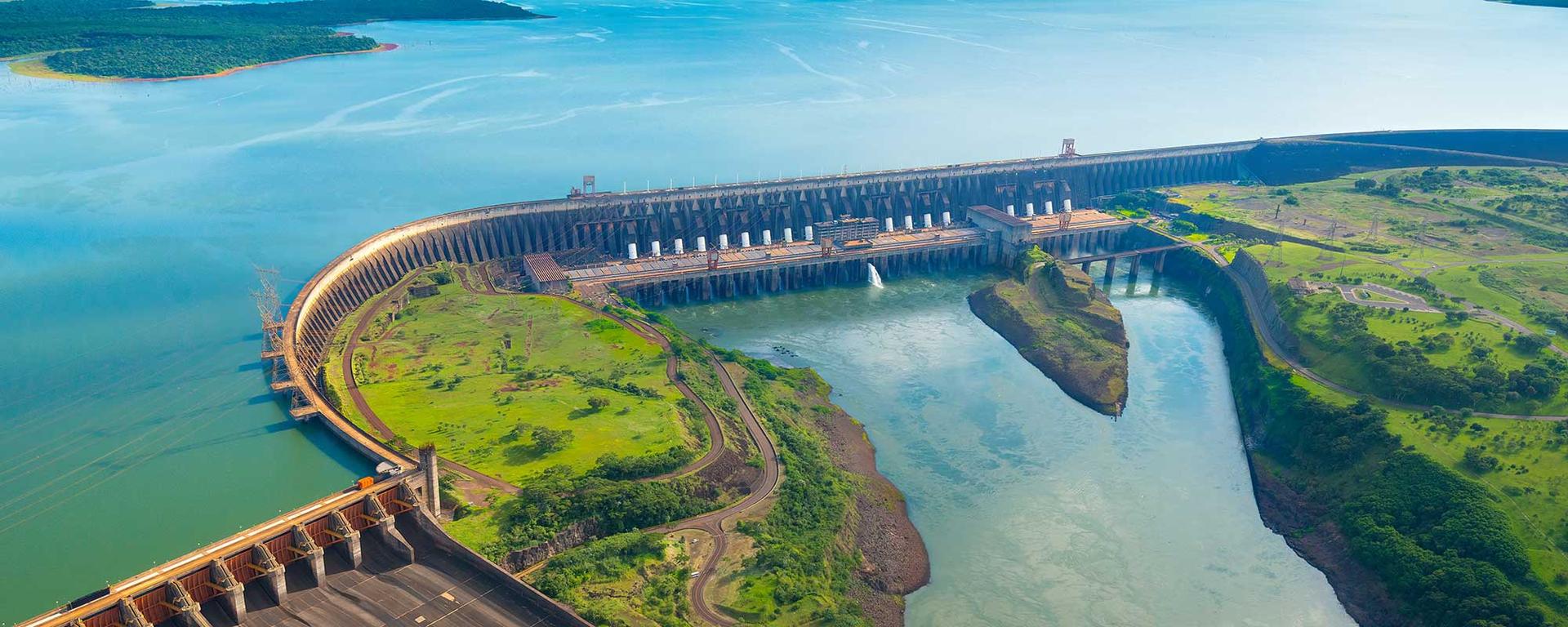
Nurturing green ammonia production in Paraguay
Discover how our work on one of the world’s first commercial large-scale green ammonia schemes will help decarbonize the agricultural sector in South America and beyond.
Since World War II, nitrogen-based fertilizers have been a fundamental part of our food system; in fact, as fertilizers feed approximately 3.6 billion people today, around half of the global population would go hungry without them.
Yet despite dramatically increasing crop yields, the use of such fertilizers has come at a high environmental cost, contributing to greenhouse gases, air pollution and biodiversity decline.
According to a study by Cambridge University, manure and synthetic fertilizers contribute 2.6 gigatonnes of carbon per year (more than global aviation and shipping combined). As scientists grapple for solutions, green ammonia – key to producing carbon-neutral fertilizers – has emerged as a viable green alternative for the agricultural sector.
We’ve been working with ATOME Energy PLC – the first green hydrogen, ammonia and fertilizer production company listed on the London Stock Exchange – to power up large-scale production of green ammonia and fertilizer at a new facility in Paraguay.
When complete, it will be the largest green ammonia facility in South America, supplying green fertilizer at scale to the region’s agricultural sector.
How is green fertilizer made?
Green ammonia – a crucial ingredient for producing carbon-neutral fertilizers – is made from green hydrogen using what’s known as the Haber-Bosch process. Currently, however, less than 5 per cent of the world’s hydrogen is classed as green hydrogen, which is produced via electrolysis powered by renewable energy.
All of Paraguay’s electricity is supplied from renewable resources – 90 per cent of which is from Itaipu, the world’s second-largest hydroelectric dam. As Paraguay only uses 30 per cent of its 50 per cent share of power from the dam, it has an abundance of low-cost renewable energy to support cost-effective green hydrogen and ammonia production.
Accelerating green ammonia production on a global scale
ATOME’s first new green hydrogen and ammonia facility is at Villeta, 35km from the capital city of Asuncion, on the Paraguay River, which is the country’s main import/export route and within close range of major fertilizer distribution companies.
Supplied with 100 per cent baseload renewable energy, it will produce approximately 250,000 tons of green calcium ammonium nitrate every year once it opens in 2025. Acting as Owner’s Engineer, we helped ATOME estimate costs and technical requirements for the Front-End Engineering Design (FEED) study, which was awarded in 2022, giving the green light for construction.
ATOME has already secured a 120MW Power Purchase Agreement (PPA) – as well as the land for facility – with all its current baseload power available. This makes it one of the first commercial large-scale green ammonia schemes to advance. It is expected to reach its Final Investment Decision later this year.
As different elements of the system can be adapted for future schemes, there are opportunities to accelerate production still further in Paraguay as well as Costa Rica and Iceland.
Strengthening global food and energy security
Closely aligned to our Sustainable Legacies strategy, this project draws on our extensive expertise in supporting the decarbonization of the industrial sector and accelerating the switch to new energy solutions, partnering with clients on schemes that cut emissions and have a positive environmental impact.
As almost all ammonia production derives from fossil fuels and is used to make fertilizer, this new facility will make great strides in helping to decarbonize the agricultural sector, supporting future food security both within the region and around the world.